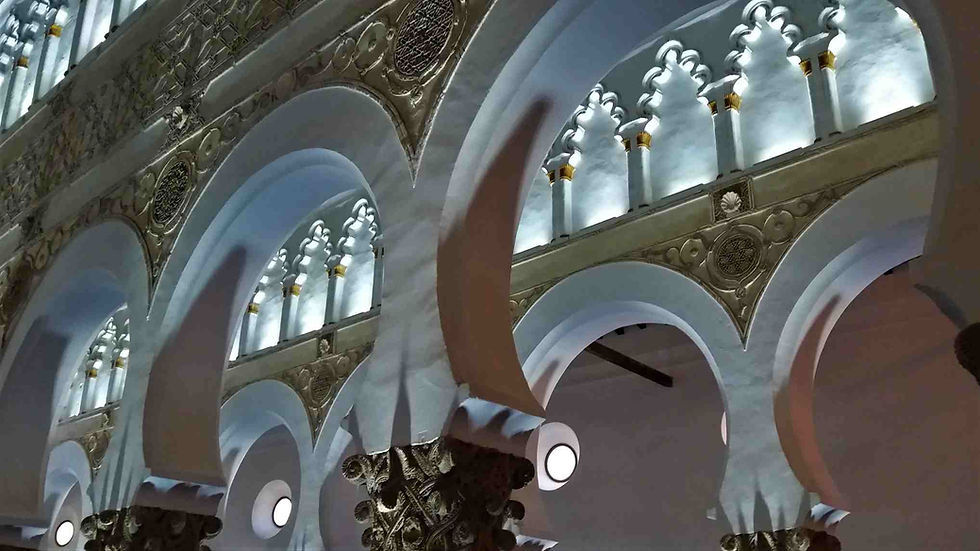Germany: Aachener Dom
- Matthew P G

- Sep 27, 2022
- 3 min read







September 2015

Frankish language area (Wikipedia)
Charlemagne. Karl der Große. Charles the Great. Father of modern Europe.
Aix-la-Chapelle. Aachen. Aquae granni.
The main reason I took the day trip from Liège to Germany was to visit this city and upon arrival I realized that the cathedral was the place to visit. Every German monarch was crowned there from Karl der Große onward. The place was steeped in history.
The cathedral is not huge, but it is substantial. The interior is lavish and the mosaic work of the oldest and central portion of the church is breathtaking:
The octagon in the centre of the cathedral was erected as the chapel of the Palace of Aachen between 796 and 805 on the model of other contemporary Byzantine buildings (e.g. the Basilica of San Vitale in Ravenna and the Little Hagia Sophia in Constantinople)
(Wikipedia)
Hands down, the Aachener Dom was one of the most beautiful churches I had ever seen in Europe AND it was where Charlemagne was crowned King of the Holy Roman Empire. Just wow. Everything I learned about European history suddenly started to make a lot more sense. Oh if only a field trip could have been arranged to this place when I was younger I might have even taken up History as a major.
So what about Aachen? The name has multiple versions since it sits right on the border with Francophone Europe. It is Aix-la-Chapelle in French and I actually prefer the French name because "Aachen" sounds like a person clearing their throat rather than the capital of an empire. As history is always bent to suit a national narrative, my question remains. What was this former capital? "Aachen" was derived from Aquae Granni, a Roman spa town whose name changed to Åxhe in Walloon. The French national myth tried to reduce Walloon to "dialectal" status in spite of its actually being a romance language. Åxhe became Aix in French and when Charlemagne took a liking to the town, he called it "Aix-la-Chapelle" after the lovely church he had constructed there. So then what about Charles??
Karl der Große was born in Liège, the city I was visiting from. Liège was firmly Walloon except that Charles spoke Frankish, the language of the Franks. The language distribution is on the map above. Take note that Liège is right up on the border so it is likely that Charles spoke both languages. Modern day Aachen is just over the border in "Frankish speaking lands". The Franks spoke "Frankish" - a word that, not surprisingly, morphed into "French" and "France". Very simple except that Frankish was really a Germanic language (désolé mes amis français) that gave rise to Low German (Flemish and Dutch). Who was Charles then? Charlemagne or Karl der Große? Perhaps as a great unifier of Europe he was both. Even if Charles did not speak both Walloon and Frankish, he must have been clever enough to realize the importance of respecting both languages in his new empire. He gave his new capital a French name, but his own language was probably German (Frankish) - even though he was born in a French (Walloon) - speaking city!
I paid my respects to Charlemagne in the Aachener Dom. What a world he must have lived in. I am sure he would have been an EU and Schengen fan. I didn't see another church that rivaled Charlemagne's cathedral interior until I visited San Vitale on which it was based in Ravenna, Italy a few years later. That side trip to Aix-la-Chapelle remains one of my best historical day trips ever in Europe (plus I got to drink German been on the Domplatz).



Comments